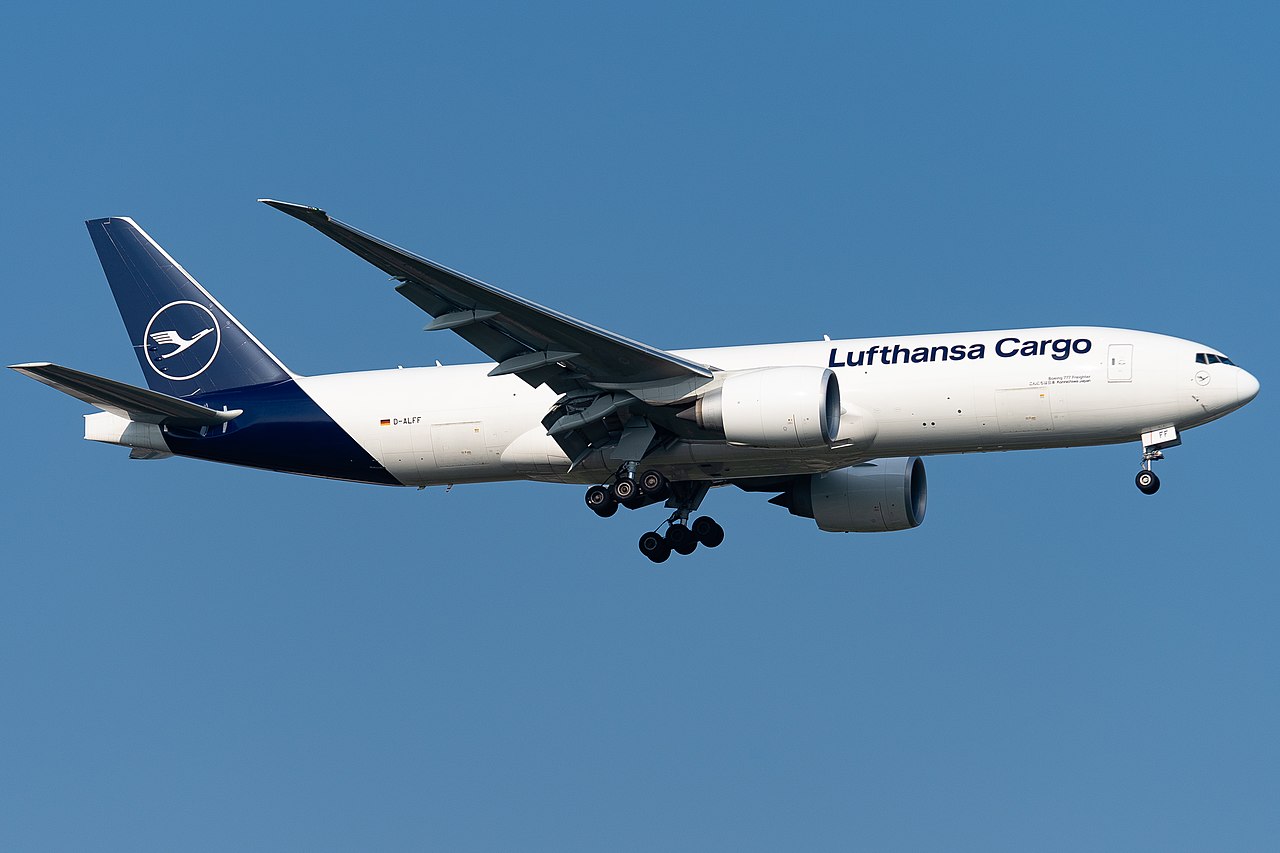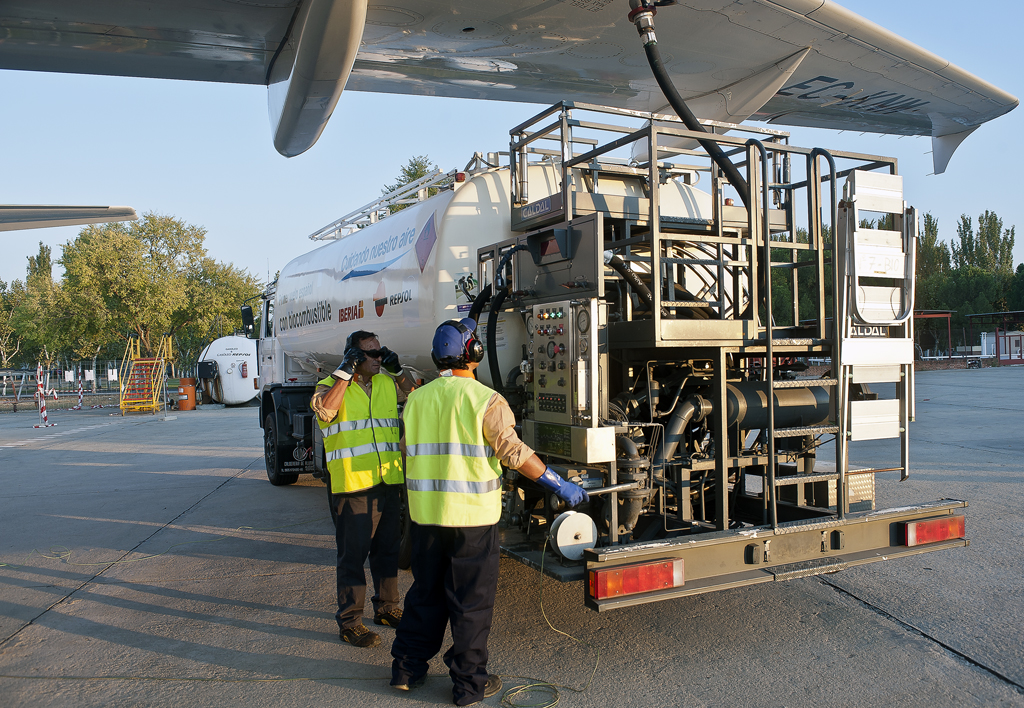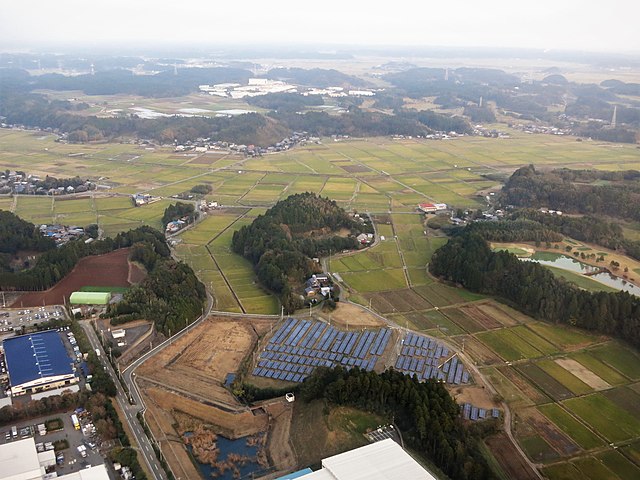
At a time when aviation might be struggling with problems such as food waste in aircraft, replacing jet fuel with sustainable aviation fuel, and making airports carbon neutral, there is a technological developmment by the name of AeroSHARK technology, and has promises of benefitting airlines greatly.
AeroShark technology is a precise aerodynamic enhancement. The technology behind AeroShark involves covering an aircraft’s surface with a specific sheet. This piece of engineering mimics the roughness of shark skin. Lufthansa Technik and BASF collaborated to create AeroShark technology, which uses biomimicry to improve aviation’s efficiency and environmental friendliness. Through a more consistent distribution of air resistance, this technique lowers carbon emissions and improves fuel efficiency.
Aircraft use more fuel and release more carbon dioxide when aerodynamic drag is reduced by technology like AeroShark. Compared to aircraft built with drag-reducing technology, this inefficiency raises operating costs and harms the environment. Airlines like Lufthansa and SWISS are implementing AeroSHARK technology. The first airline that utilized AeroSHARK technology was Lufthansa Cargo, which installed the film in its fleet of Boeing 777 carriers. AeroSHARK is also used by SWISS, which applies to their Boeing 777-300ER aircraft.

These airlines are among the first to use Aero SHARK; when its advantages are increasingly understood, others could join them. All airlines, nonetheless, do not yet use this technology extensively. So let’s get to learn about this piece of technology which might even help reduce emissions from supersonic aircraft such as Concorde and pave the way for the resurgence of supersonic air travel.
Some interesting numbers behind AeroSHARK Technology:
- 16 aircraft using the drag-reducing riblet film have taken to the skies
- 3000 metric tonnes of Jet Fuel and 9500 metric tons of Co2 emissions have been saved
- aircraft using the Aeroshark Technology have accumualted 50,000 flight hours
What is AeroSHARK technology anyhow?
The word “AeroSHARK” itself might give a cue that the technology devised by evolution and imprinted on sharks are being used in aircraft. Dr. Kai-Christoph Pfingsten, the Head of Production Engineering – Engine Services Lufthansa Technik, reported that scientists have known that unique qualities of sharkskin have helped this sea-creature glide through the waters much better.
“More than forty years ago, the German biologist Wolf-Ernst Reif (1945 – 2009) found small longitudinally grooves on shark skin fossils using one of the newly available scanning electron microscopes. When he found the same microstructures on the skin of fast swimming sharks from our time, he knew he had found something interesting. Something that obviously has given the shark an evolutionary advantage over many millions of years.”

US Marine Corps AV-8B Harrier II test flight using a 50–50 biofuel blend in 2011. Like biofuels and SAFs, AeroSHARK might help in aviation sustainability.
These microstructures found on the surface of a shark’s skin help reduce friction as well as the expended energy, allowing sharks to have a greater speed. Scientific experiments were carried out to check whether such microstructures would really help other objects have a greater speed. After Lufthansa-Technic and global chemicals and coatings manufacturer- BASF- joined hands, ” a functional biomimetic technology: a film with a barely perceptible ribbed texture of small protrusions – riblets” came into existence. In other words, “AeroSHARK” technology sprang into existence.
” Sized in patches for easy and targeted application, the film has millions of these prism-shaped riblets, each one 50 micrometers high. Applied to the aircraft in a specific manner and aligned with the airflow, the riblets achieve efficiency gains, by reduced friction, similar to those of their counterparts in nature, and can also improve lift if attached on wings. The riblet film is easy to apply, even on large commercial aircraft – up to 500 m2 on a Boeing 747-400’s lower fuselage and belly fairing. It is extremely resilient, withstands large temperature shifts, pressure differentials and the ultra violet radiation on high flight levels. “
Benefits of AeroShark technology:
Fuel Efficiency
AeroSHARK technology applies a specialized coating with riblet structures on the aircraft’s surface to reduce aerodynamic drag. By simplifying the airflow, these ribs lower resistance. Reduced drag means less thrust is required to keep the airplane moving and at altitude, which means less fuel is used. Given that gasoline is a significant expense for airlines, this reduction in fuel usage might result in significant cost savings.
Lufthansa-Technik reports that:
“Just by using the sharkskin technology, the global fleet of long-haul aircraft could save close to five million tons of kerosene per year. And we are well past proof of concept! AeroSHARK is a durable bionic film that successfully mimics the skin of sharks and optimizes the airflow thus enabling significant fuel savings. “

An Airbus A320 being refueled with biofuel in 2011. AeroSHARK has much promises of lowering emissions, like SAFs.
Lower Emissions
AeroSHARK dramatically lowers the aircraft’s emissions of carbon dioxide (CO2) and other greenhouse gasses by lowering the quantity of fuel required for flight. By lowering their emissions, airlines can stick to new environmental laws and contribute to international efforts to mitigate climate change. Additionally, many airlines’ sustainability objectives are under reduced emissions, indicating their dedication to environmental responsibility and reinforcing their standing as environmentally conscious operators.

Here are a few numbers behind the lower emissions promised by AeroSHARK:
- 12 of its 777-300ER operated by Swiss International Air Lines have been retrofitted with the artificial skin (of AeroSHARK technology) with the hopes of reducing fuel consumption of 4,800 tones and CO2 emissions by up to 15,000 tons.
- AeroSHARK technology in Lufthansa’s 777 Freigher flights are expected to save 3,700 tons of fuel and approxmiately 11,700 tons of CO2 emissions yearly.
Cost Savings
Fuel expenses are significantly lowered as a result of the lessened aerodynamic drag, which reduces fuel consumption. The reduction in emissions can also lower possible carbon offset prices alongside these savings. The airlines’ total financial performance is improved by these combined cost savings, which also provide them access to more resources. These funds may be used again in several ways, such as aircraft upgrades, enhanced passenger services, or competitive prices to draw in more clients. Airlines can better position themselves in the market and respond to industry difficulties with more effectiveness because of their increased financial flexibility.
Minimal Downtime
AeroShark film application is simple and doesn’t need major aircraft modifications or extended aircraft grounding times. Schedule disruptions can be minimized by airlines by smoothly implementing this technology during normal maintenance inspections or overnight stays. This smooth implementation approach guarantees that airplanes don’t get stranded for lengthy renovation, but instead operate for longer periods and make money. Airlines are therefore able to update their fleets with cutting-edge, fuel-efficient equipment while maintaining a high degree of efficiency in operation and profitability.
Sustainability
By reducing the environmental impact of aircraft operations, AeroShark technology implementation supports larger business sustainability objectives. An airline’s attractiveness to partners, investors, and consumers who value caring for the environment is increased when it demonstrates a proactive commitment to sustainability. Through its innovative use of cutting-edge, environmentally friendly technology like AeroShark, the airline establishes itself as a progressive leader in the industry committed to mitigating its environmental footprint and advancing sustainable aviation practices worldwide. This strategic move improves the airline’s competitive advantage in the market and promotes long-term profitable development along with helping the environment.

Putting it all together
In conclusion, Lufthansa Technik and BASF collaborated to create AeroSHARK technology, which is based on the effective texture of shark skin and marks a major advancement for sustainable aviation. It provides airlines with significant benefits including improved fuel economy, lower emissions, and operational cost reductions. The initial users of AeroSHARK, such as Lufthansa Cargo and SWISS, have established a standard for how it may encourage sustainability and competitiveness in the world’s airline sector. AeroSHARK has the potential to significantly contribute to the global advancement of environmentally friendly flying operations as more airlines evaluate its advantages.
